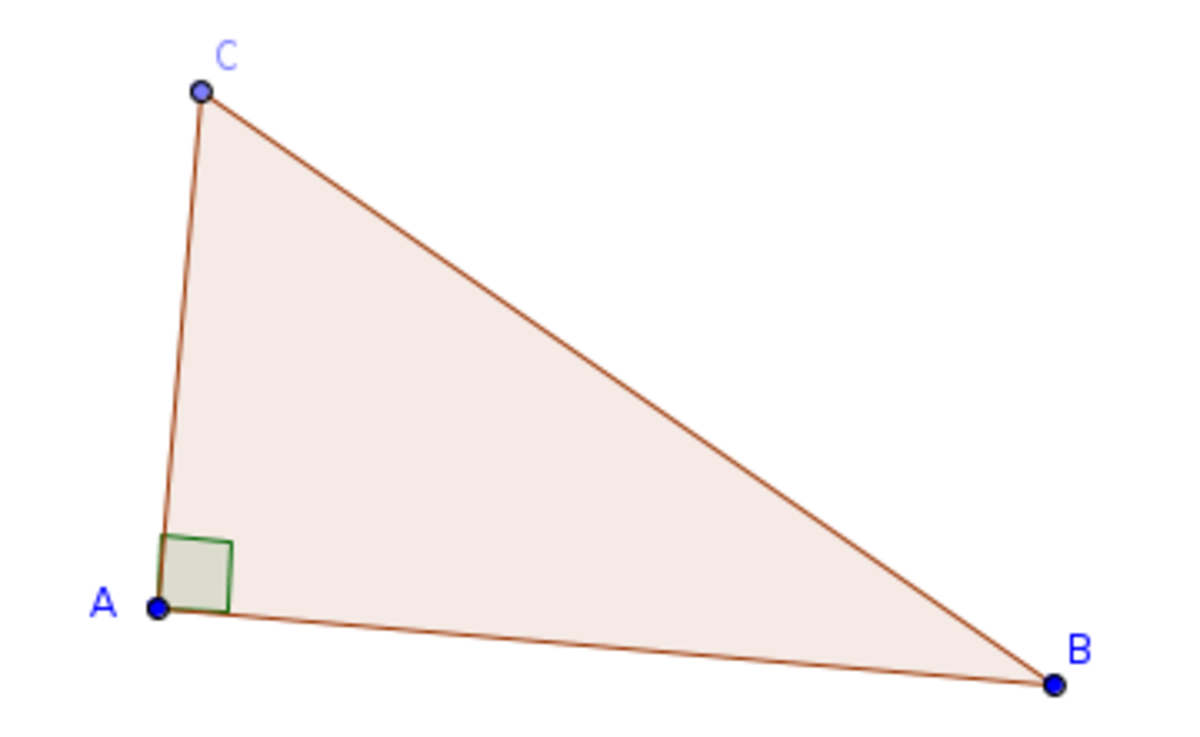Triangles and numbers

I have 2 right triangles with integer sides and they share the same area. The perimeters of these triangles are 456 and 840.
Find all the sides of these 2 triangles.
Let
a
denote the smallest side of the triangle with perimeter 456, and
let
b
denote the smallest side of the triangle with perimeter 840.
Submit your answer as 1 0 0 a + b .
The answer is 9540.
This section requires Javascript.
You are seeing this because something didn't load right. We suggest you, (a) try
refreshing the page, (b) enabling javascript if it is disabled on your browser and,
finally, (c)
loading the
non-javascript version of this page
. We're sorry about the hassle.
1 solution
As always it's nice and construtive to read you.
I did this problem without what you called "little extra work".
There is a solution that does not need any "try and error" part.
Log in to reply
Well, 2 2 8 factors into 2 ⋅ 2 ⋅ 3 ⋅ 1 9 , so m + n had to be 1 9 , which means m = 1 2 , and then n = 7 . The other one requires just a bit more ado, but, strictly speaking, can be solve through logic.
Always share your solutions with the readers, even though I have to keep telling myself that.
Log in to reply
Sure I will do later. but for now I leave this task to readers like you who by their contributions add more value to the problem.
here is how the solution becomes completely algebraic after finding the sides of the first triangle 95, 168 and 193 we calculate the area a = 7 9 8 0 . in the second triangle we use this equation which is true in right triangles x 2 − ( s + s a ) x + 2 a = 0 where s is half the perimeter and a is the area. the two roots of this equation are the the two right sides of the triangle. x 2 − ( 4 2 0 + 4 2 0 7 9 8 0 ) x + 2 ∗ 7 9 8 0 = 0
Log in to reply
@Mr X – It doesn't require much insight to solve for the second triangle's side lengths once you've found the side lengths of the first triangle; you can just let x y = 1 5 9 6 0 , and x + y + x + y = 8 4 0 , and solve simultaneously for x and y in much the same way.
Any integer Pythagorean triplet can be represented by the following, given any positive integers m , n
a = 2 m n
b = m 2 − n 2
c = m 2 + n 2
so that the perimeter length works out to
2 m ( m + n ) = 4 5 6 or 8 4 0
A little extra work gets us
m = 1 2 , n = 7 in the case of 4 5 6 , and
m = 2 0 , n = 1 or m = 1 5 , n = 1 3 in the case of 8 4 0
Then if we add the condition that the areas are the same, we quickly determine that m = 2 0 , n = 1 in the case of 8 4 0 , and so the triangles have sides, for case 4 5 6 and 8 4 0 respectively
a = 1 6 8
b = 9 5
c = 1 9 3
a = 4 0
b = 3 9 9
c = 4 0 1
so that the answer to this problem would then be 9 5 4 0
I'm guessing it probably took more work to find such an instance of a pair of right triangles.